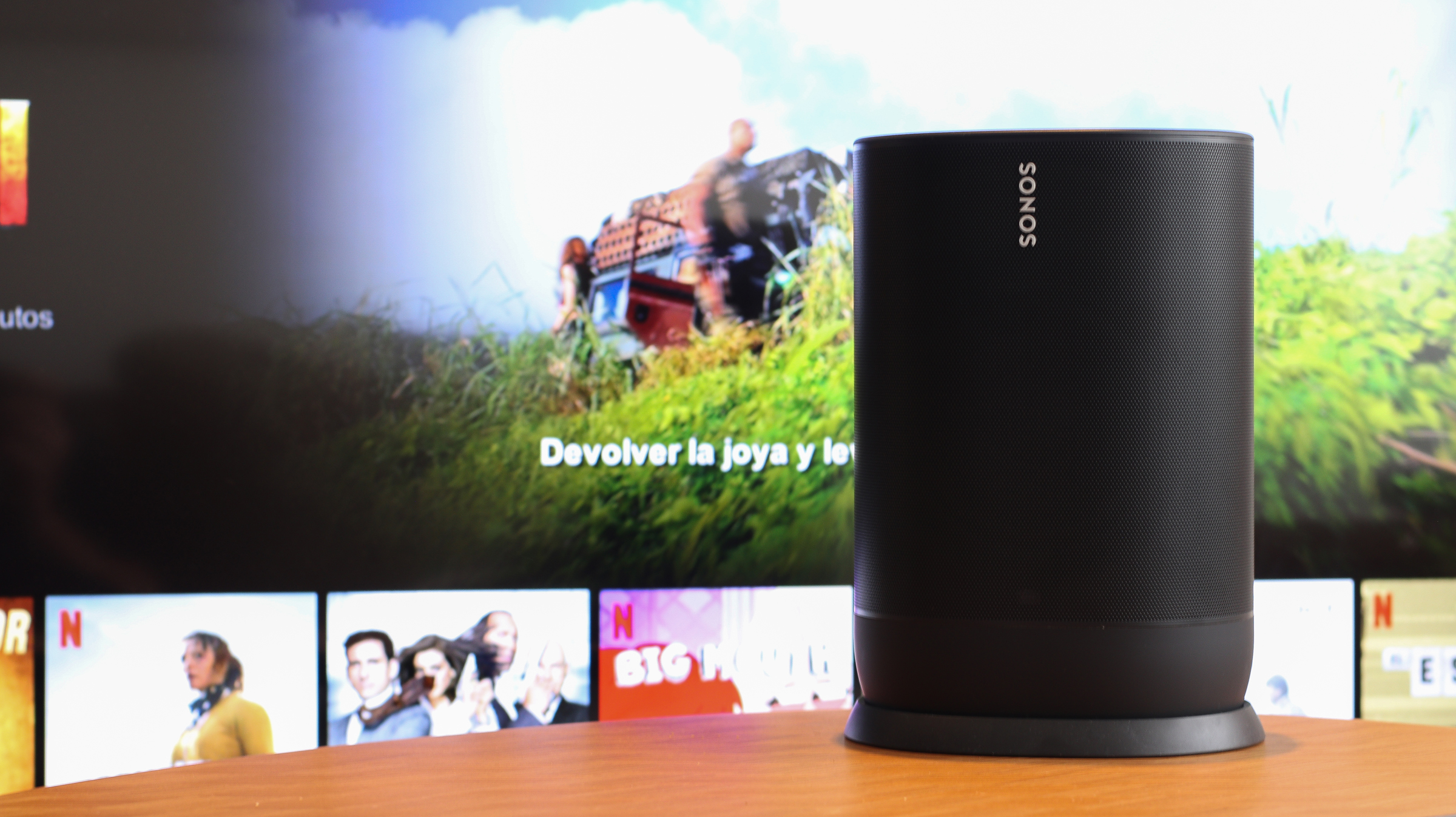Sonos was right, Google had copied their speaker designs – up to 5 plagiarized patents

After filing a plagiarism lawsuit, the American audio company has received the backing of the courts, which confirm that Google has copied several of the patents.
If you are one of those who have the Google Nest or another type of smart speaker belonging to the American company in your home, this news may interest you, since very soon you will no longer have certain key features in your speakers.
To understand what happened, you have to go back several months when Sonos, a company famous for making good sound equipment, sued Google for having violated up to 5 of its patents.
This situation was raised to the competent courts in the country where the complaints were made, the United States, and now the courts have agreed with Sonos: Google copied Sonos in part of its speaker sync and volume management technology.
And now that the US International Trade Commission has agreed with Sonos on its patents, Google has announced software solutions that include the need to adjust each speaker individually rather than using the group’s volume controller.
That is to say, now users will no longer be able to adjust the volume of a group of speakers with their smartphone, instead having to go one at a time. The fault of this change, as we have told you, lies with said sentence.
When the news of the decision on the patent was known, Google explained to the American media The Verge that ITC had approved designs that did not violate the law.
However, Sonos warned that Google may have to downgrade or remove product features to comply with regulations, and that is what appears to be happening.
We just weren’t expecting it to happen so soon, since Google has 60 days to make its devices compliant.
The changes seem to mostly affect Googl’s multi-zone audioe, which allows you to synchronize the speakers with each other and make them all sound at the same time.
For example, instead of being able to say “Hey Google, turn the volume to 40 percent on the living room speakers,” you’ll have to change the volume on each of them, using the assistant, the Google Home app, or a Nest Hub screen.
Google it also says that a small group of users will have to use a specific application to configure their smart devices and update them.
And finally, the company advises users that if their speaker set contains products from other manufacturers, they may need to be updated to the latest firmware to continue to function as part of that speaker group.
Google ends its blog post by saying that it will work to minimize any further changes.
Reference-computerhoy.com